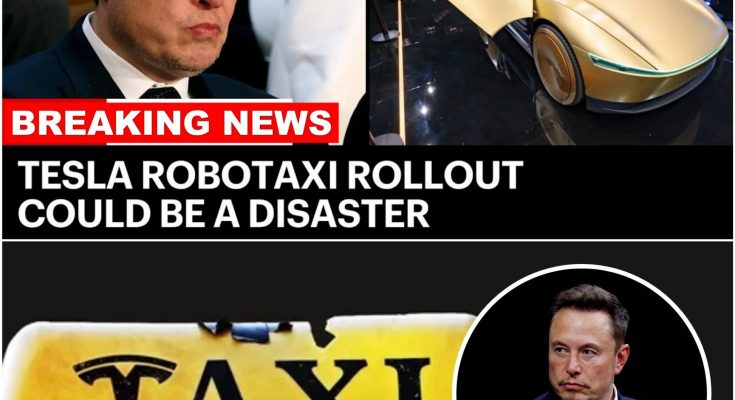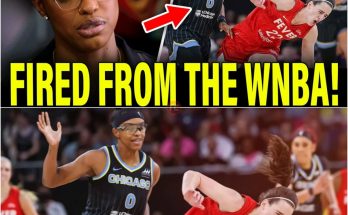As Elon Musk prepares to roll out Tesla’s highly anticipated robotaxi service next month, the stakes couldn’t be higher for the electric vehicle giant. In Austin, Texas, up to 20 self-driving Model Y cars will soon be unleashed to ferry passengers around the city streets. Musk is betting the future of Tesla on the success of this ambitious rollout, as the company’s electric vehicle revenue struggles amidst rising competition from fast-growing Chinese rivals and mounting political backlash against Musk’s right-wing politics, his role as a job slasher, and his ties to the Trump administration.
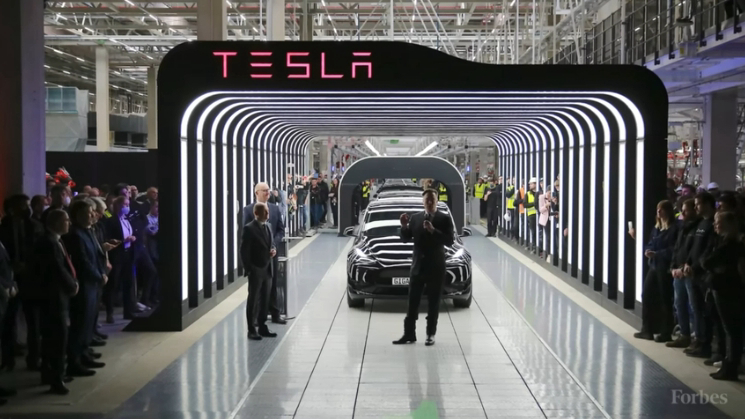
However, there’s a massive hitch in Musk’s plans: Tesla’s self-driving technology has not yet proven to be safe enough to begin delivering rides to passengers. Despite Musk’s bold vision, the road ahead is fraught with significant concerns, especially given Tesla’s track record with its autopilot and full self-driving (FSD) features, which have been linked to fatal accidents. The absence of detailed safety and technical data about Tesla’s technology further exacerbates fears that this rollout could be a disaster waiting to happen.
The Critics Weigh In
Dan O’Dowd, a long-time critic of Musk’s autonomous driving claims, has been vocal about his concerns regarding Tesla’s self-driving technology. O’Dowd, who runs the anti-Tesla initiative The Dawn Project, spent his own money on Super Bowl ads to highlight the flaws in Tesla’s autopilot and FSD systems. He’s put Tesla’s FSD through rigorous testing and isn’t impressed with the results. “It’s going to fail for sure,” he told Forbes.
O’Dowd’s company, Green Hills Software, specializes in security technology for defense and aerospace clients, and he’s been putting the FSD update — the same technology powering Musk’s robotaxis — to the test. After a recent 80-minute test drive in Santa Barbara, O’Dowd reported seven failures in the system. “If there had not been a driver sitting in the driver’s seat, it would have hit something,” he said.
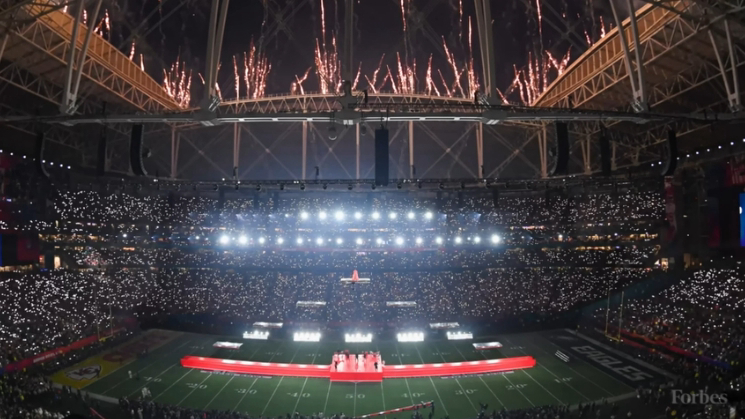
Despite these troubling results, Tesla has yet to book a single dollar of robotaxi revenue. Nevertheless, Musk remains optimistic. During Tesla’s Q1 results call on April 22, he boldly declared, “I don’t see anyone being able to compete with Tesla at present.” This assessment, however, may be premature.
A Staged Demonstration and Safety Concerns
Tesla’s first demonstration of its robotaxi capabilities was staged at Warner Brothers Studios in Los Angeles last October. The event involved transporting invited Tesla fans around a fake cityscape, with no pedestrians and Tesla technicians closely monitoring the vehicles. This demonstration, while impressive on the surface, struck safety researcher Noah Goodall as more of an amusement park attraction than a real-world test.
“It was just operating vehicles on a closed track on a movie lot,” Goodall, who publishes independent safety analyses from his position with the Virginia Department of Transportation, remarked. “It was not impressive at all. Navigating a real urban environment with uncertainty, other parties moving around — situations where just braking is not enough — that’s difficult. I didn’t see any signal that this was ready.”
A Fatal Track Record
Tesla’s self-driving software has been linked to several fatal accidents since it began selling its autopilot and FSD features. Despite its name, the software has always been designed to require human oversight. Yet, numerous incidents have shown that drivers, trusting the technology to do its job, have been involved in fatal crashes.
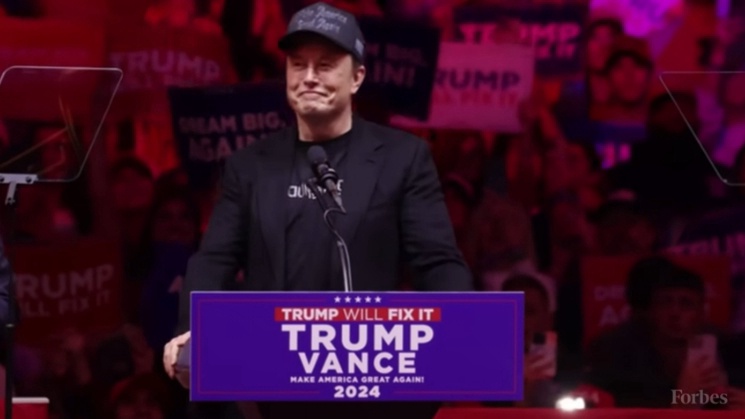
The National Highway Traffic Safety Administration (NHTSA) has opened multiple investigations into Tesla’s autopilot feature since 2016, including one last year. The NHTSA is examining whether the software needs additional safety features, especially after linking autopilot to 13 deaths. Last October, the agency also began investigating FSD, which has been associated with two fatalities.
In the years since Tesla began selling its autopilot and FSD features — which currently cost $8,000 — Musk has repeatedly claimed that full autonomy, where a car can drive without human intervention, was just months or a year away. However, these claims have consistently missed their targets.
Tesla’s Current Struggles
Tesla’s electric vehicle sales dropped 13% in the first quarter of 2025, further complicating Musk’s efforts to secure investor confidence. With the company facing increased competition and struggling to meet expectations, the rollout of robotaxis may be Musk’s last-ditch effort to turn things around. But recent reports do not inspire confidence.
A story by Business Insider, citing interviews with former Tesla test drivers, revealed troubling details about the robotaxi program. One former employee described the initiative as feeling “very forced,” with many last-minute details still up in the air. “It’s this breakthrough moment for Tesla, but there’s also this feeling of so many last-minute details being up in the air,” the former worker stated.
Looking Ahead
While the excitement around Tesla’s robotaxi rollout is palpable, the questions surrounding the safety and readiness of the technology are undeniable. Musk may be betting the future of Tesla on this gamble, but with the current state of the self-driving software and the company’s broader struggles, it’s unclear if robotaxis will be the revolution Musk hopes for or a disaster that sets back Tesla’s goals for years to come.
For now, all eyes will be on Austin, Texas, as Tesla prepares for its ambitious experiment. But with safety experts and critics like Dan O’Dowd warning that failure is inevitable, Tesla’s robotaxi rollout may just be the biggest gamble of Musk’s career.
